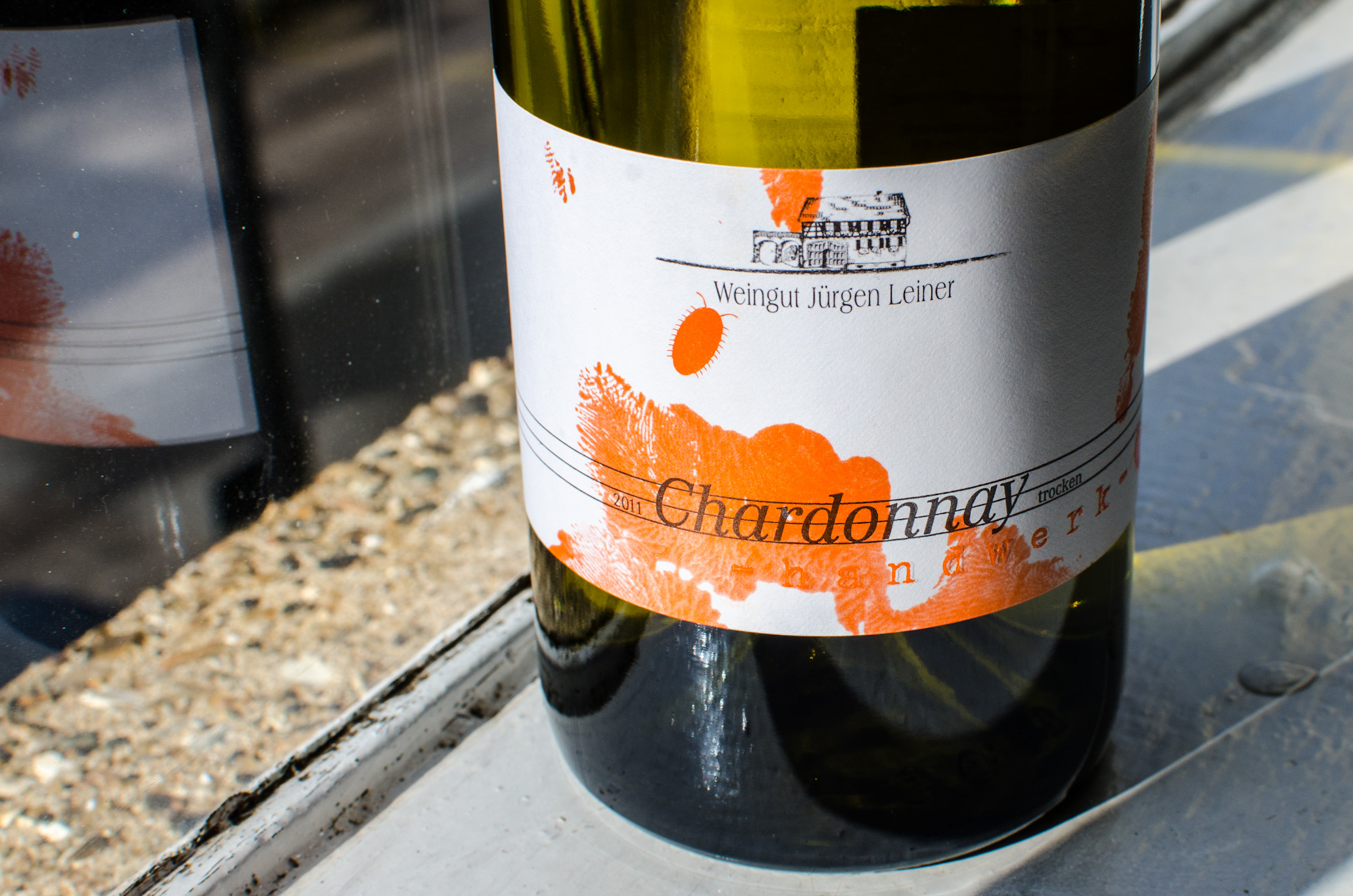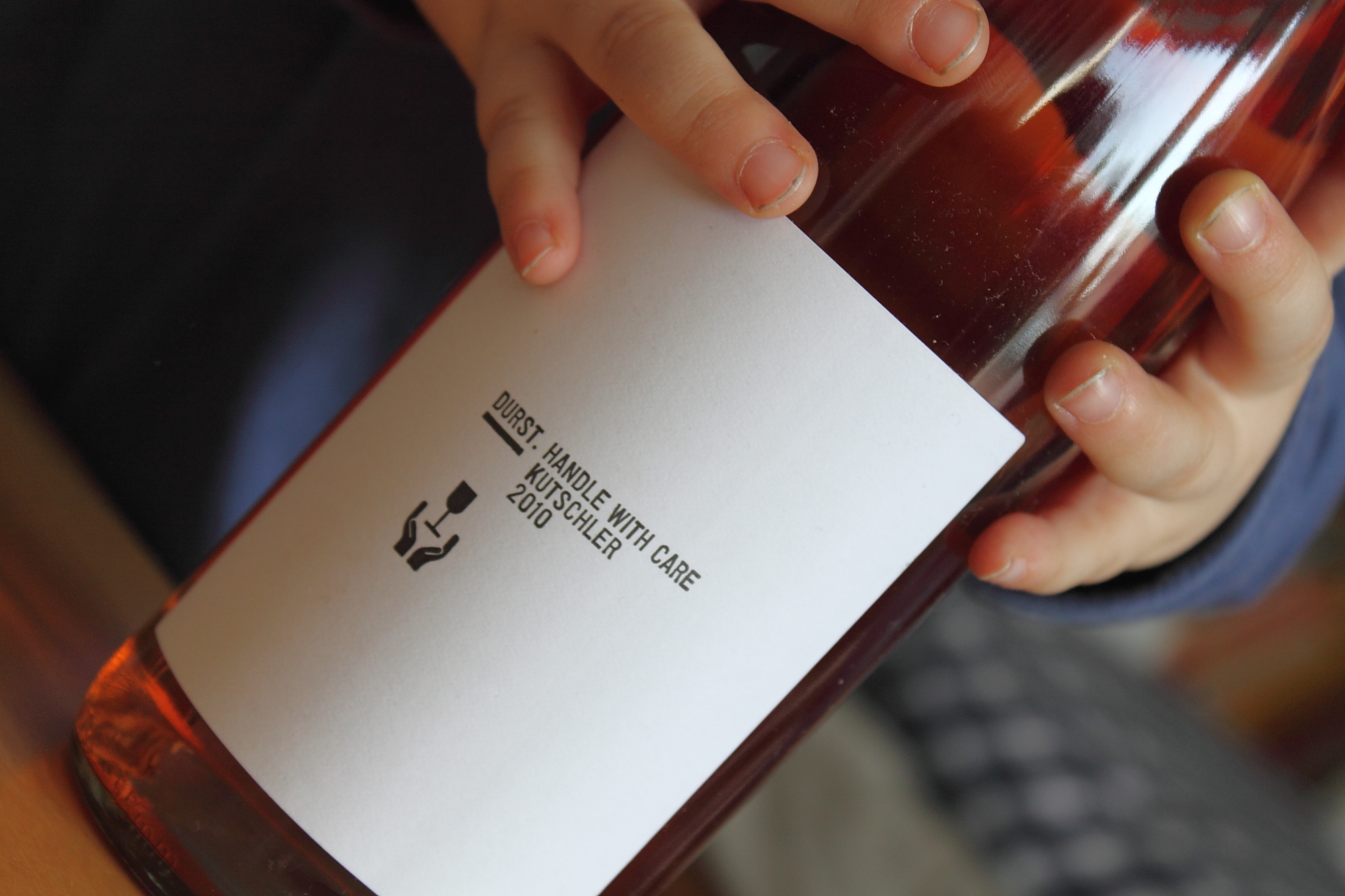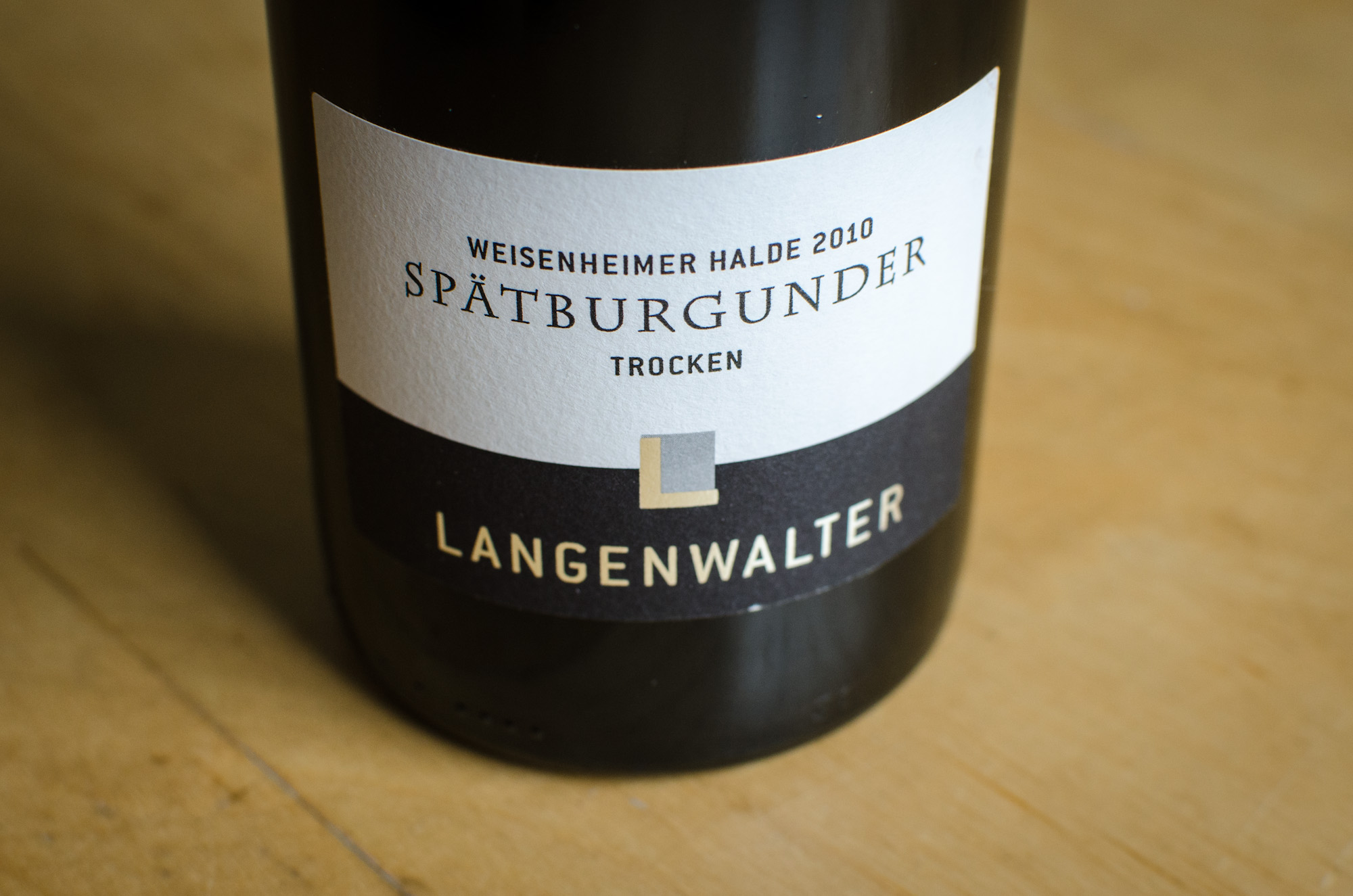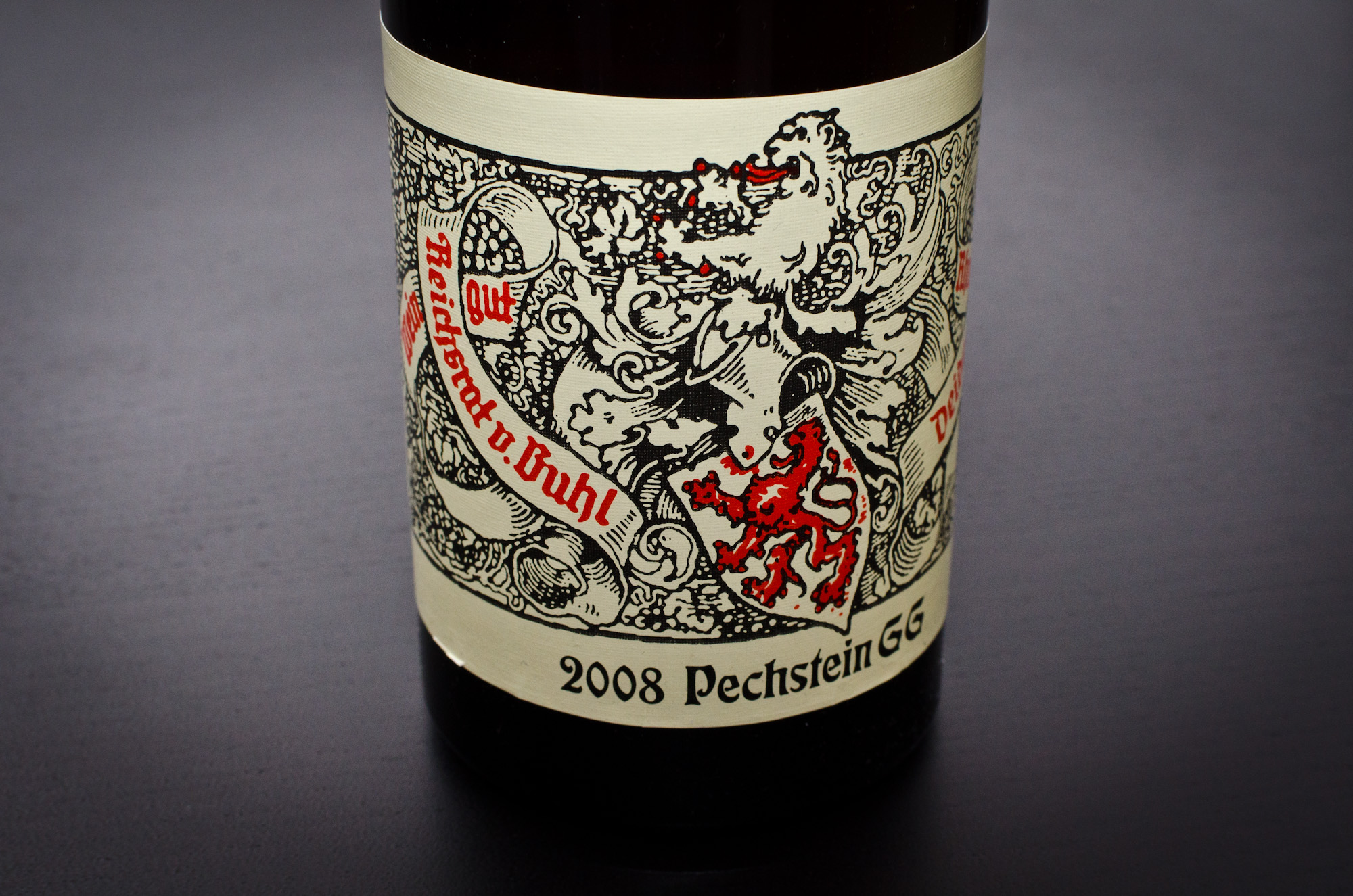Zehnthof Luckert, Sulzfelder Cyriakusberg, Sauvignon Blanc, trocken, 2011
Cheap Pinot Grigio, oaked Chardonnay and fruitbomb Sauvignon Blanc are the three banes of the popular white wine world. For my day job I regularly attend functions organised by public sector bodies who have next to no money for entertainment and, perhaps worse, no one who really cares about finding value, so I have had many an encounter with this unholy trinity. Luckily I know that all these grape varieties are capable of producing fantastic wines, although I have to admit that my relationship with Sauvignon Blanc never has been an easy one. Too often even the better wines have me on my knees begging for mercy after a broadside of pungent grassy aromas, gooseberry, intense vegetal flavours and intense blackcurrant.

On the other hand there are very nicely balanced examples too, and sometimes I just crave crisp, fruity intensity. The other day it was one of those moments and I turned to the German wine region of Franken (Franconia) to satisfy my urge.









